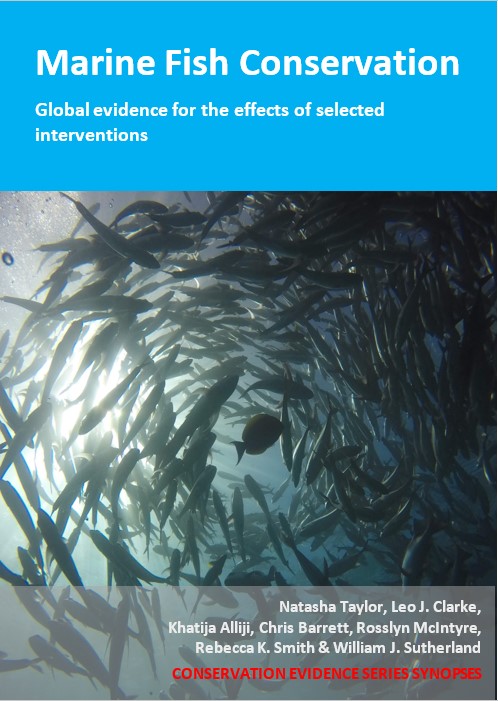Fit mesh escape panels/windows to a trawl net and use square mesh instead of diamond mesh codend
-
Overall effectiveness category Awaiting assessment
-
Number of studies: 1
View assessment score
Hide assessment score
How is the evidence assessed?
-
Effectiveness
not assessed -
Certainty
not assessed -
Harms
not assessed
Study locations
Supporting evidence from individual studies
A replicated, paired, controlled study in 2007 of two fished areas of seabed in the English Channel off southwest England, UK (Wade et al. 2009) found that beam trawl nets with two square mesh escape panels (top and bottom) and a square mesh codend, reduced discarded fish catch compared to a standard diamond mesh codend with no escape panels. Across both sampling areas, the modified nets with escape panels and square mesh codends caught 54–63% fewer discarded finfish (617–770 fish) than standard diamond mesh codends (1,652–1,685 fish). Total numbers of six of the nine most numerous fish species/groups were reduced in one or both areas by 17–95%, while there were no differences for three species/groups. In addition, modified nets reduced the retained finfish catches in one of two areas by 22% (modified: 558 fish, standard: 718 fish). Catch comparison trials were done at two separate bottom fishing grounds off the south west coast of England by two commercial beam trawl vessels in July and August 2007. A total of 16 deployments were made of two beam trawl nets towed simultaneously: one modified with two 200 mm square mesh panels (upper and lower) and a 80 mm square mesh codend; and a standard 80 mm diamond mesh codend with no square mesh panels (see paper for specifications). Catches from both trawl nets were kept separate and divided into discarded and retained portions. Discarded finfish and all retained fish were identified, and their total lengths measured (sub-sampled where necessary).
Study and other actions tested
Where has this evidence come from?
List of journals searched by synopsis
All the journals searched for all synopses
This Action forms part of the Action Synopsis:
Marine Fish Conservation





)_2023.JPG)














